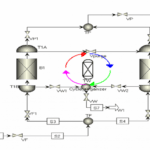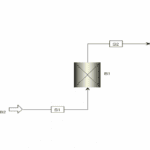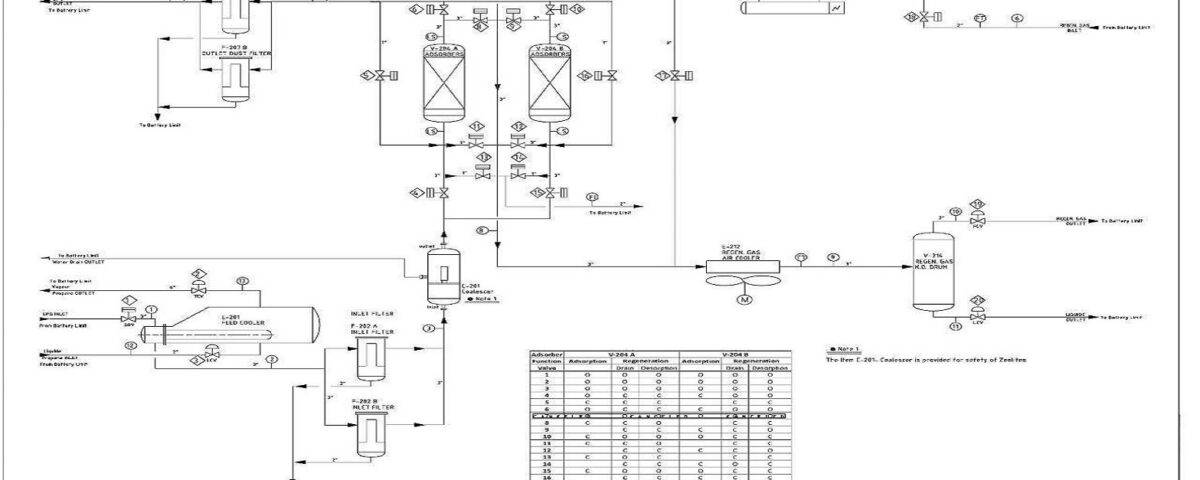Introduction
The Merox process is essentially the mercaptan oxidation process aimed at sweetening or removing mercaptans and hydrogen sulfide from LPG, light naphtha, kerosene, and jet fuel. The Merox process requires an alkaline environment, which is created by an aqueous solution of sodium hydroxide (NaOH) and ammonia that provides strong and weak alkaline conditions for the process. There are two types of catalysts used in the Merox process: the first type is in solution form, while the other is supported on activated carbon.
The LPG Merox process, which is a well-established and recognized method, comprises two main stages. In the first stage, the incoming feed, which is LPG, is contacted in a tray extraction column with a solution containing water, caustic soda, and a specific catalyst. In this phase, the mercaptans dissolve into the solution. The feed for the Merox process must be free from hydrogen sulfide (H2S); thus, it is initially “pre-washed” through a series of aqueous alkaline materials to remove the hydrogen sulfide.
The jet fuel Merox process consists of a single stage where the oxidation reaction of mercaptans occurs in an alkaline environment. In this stage, the jet fuel or kerosene feed, mixed with compressed air, flows over a fixed bed of catalyst within the reactor. The catalyst for this process is composed of carbon grains coated with a specific catalyst. This process also requires a pre-washing step.
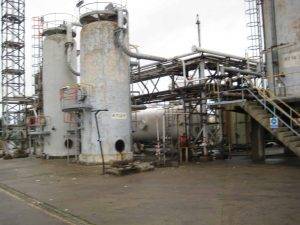
Simulation of the Merox Adsorption Unit
The simulation of the Merox adsorption unit (Aspen Adsorption) using Aspen Adsim software is designed for modeling and optimizing the performance of adsorption systems. At the beginning of the process, initial data including material specifications, operating conditions, and system design are inputted. Following this, by defining thermophysical parameters and efficiencies in the adsorption system, modeling can commence. The software employs advanced algorithms to simulate both the dynamic and static behavior of processing and mass transfer within the adsorption unit.
In the subsequent stage, by analyzing the results obtained from the simulation, users can examine the effects of parameters such as temperature, pressure, and type of adsorbent on the unit’s performance. Utilizing optimization tools, achieving conditions for maximum efficiency becomes feasible. This process assists engineers in enhancing designs and operational processes, leading to savings in costs and time.
In this project, the simulation of the Merox adsorption unit has been conducted using Aspen Adsim software. The following figures display some of the simulation data.
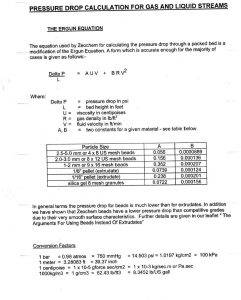
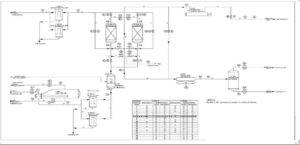
Conclusion
The simulation of the Merox adsorption unit using Aspen Adsim software highlights the importance of this tool in analyzing and optimizing industrial processes. In this simulation, various capabilities and performances of the adsorption unit were examined, providing valuable insights into adsorption behavior and operational conditions. Key parameters such as adsorption volume, temperature, and pressure were specifically analyzed, and their impact on system efficiency was thoroughly assessed. Ultimately, the results obtained can assist in optimizing the design and operation of adsorption units across various industries, contributing to achieving economic and environmental goals. The simulation of the Merox adsorption unit has been carried out in Aspen Adsim software.
